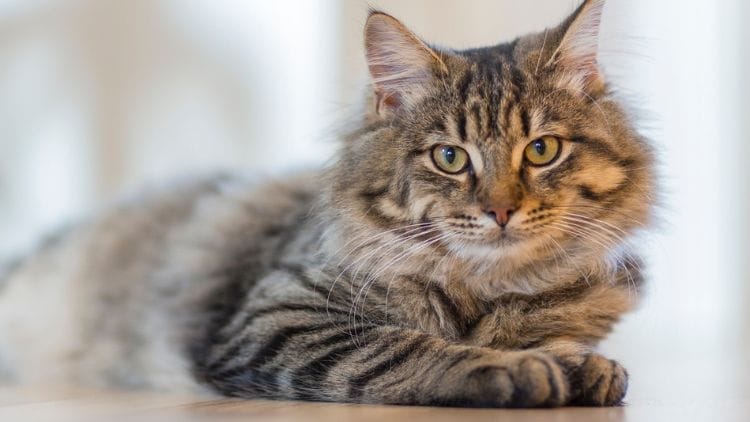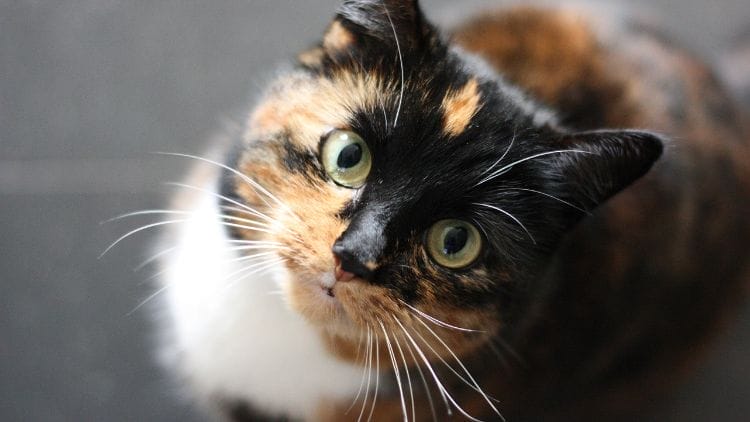Have you ever wondered how your feline friend perceives the world around them? Cats’ vision is a fascinating subject that reveals significant differences from human sight, especially when it comes to colour. This article dives into the intriguing aspects of how cats see, focusing on their colour vision, ability to see in the dark, and how their vision compares to humans. Discover why understanding cat vision is not just an academic interest but can enhance the bond between you and your pet, making this read worthwhile for any cat lover or curious mind.
Here are some top animal articles with helpful info:
- Rare Quail Breeds: 8 Quails That Endangered or Extinct.
- Most Used Plow Pulling Animals Name and Image.
- 28 Animals that Crawl With Pictures and Facts.
- 10 Weakest Animals in the World That’s Strong Enough to Survive.
Key Takeaways
- Cats can see colours, primarily blues and yellows, debunking the myth that they are colour-blind.
- Their superior night vision and ability to detect quick movements are crucial for their survival and predatory behaviours.
- Comparing cat vision to human vision reveals a trade-off between colour diversity and low-light sensitivity.
- Enhancing your home environment to suit your cat’s visual capabilities can enrich their lives and strengthen your bond.
- Future research into cat vision promises to deepen our understanding of these fascinating animals and how they see the world.
Introduction to Cat Vision

Cats possess a unique set of visual tools that allow them to navigate their world in ways humans cannot fully comprehend. Their eyes are equipped with a high number of rod cells, which are more sensitive to light and movement, and a lower number of cone cells, which detect colour. This combination gives cats superior night vision and the ability to detect the slightest movements, crucial for their predatory lifestyles.
Can Cats See Color?
Contrary to the widespread belief that cats see in black and white, research shows that cats can see colours, albeit not as vividly as humans. Cats are similar to humans who experience colour blindness, particularly in distinguishing between red and green hues. Instead, their world is coloured in shades of blue and yellow, providing enough differentiation to aid in their daily activities.
How Do Cats See in the Dark?
Cats’ ability to see in the dark is legendary. This capability stems from the structure of their eyes, which includes a high number of rods sensitive to dim light and a reflective layer behind the retina called the tapetum lucidum. This layer acts like a mirror, reflecting light back through the retina and enhancing vision in low light conditions, allowing cats to see up to eight times better than humans in the dark.
The Science of Feline Color Vision
Feline colour vision is facilitated by the presence of two types of cones in their retinas, enabling them to perceive blues and yellows. This limited colour range is compensated for by their heightened sensitivity to light and motion, crucial traits for their survival as predators.
Comparing Cat Vision to Human Vision
When compared to human vision, cats have a wider field of vision, approximately 200 degrees compared to humans’ 180 degrees. However, they have a smaller range of colour vision and less visual acuity, meaning they don’t see details as sharply as humans do, especially at a distance.
What Colors Can Cats See Best?
Cats can see shades of blue and green best, with blue and yellow being particularly distinguishable. This colour perception influences how cats interact with their environment, from the toys they prefer to how they perceive natural landscapes.
Are Cats Color Blind?

While it’s a misconception to label cats as completely colour-blind, they do experience a form of red-green colour blindness, similar to some humans. This means they cannot see red and green colours as distinctly as other hues, often perceiving them as variations of blue and yellow.
How Does Vision Affect Feline Behavior?
Cats’ vision plays a crucial role in their behaviour, especially in hunting and territorial surveillance. Their ability to see in low light and detect quick movements helps them track prey and navigate their environment, even in the dead of night.
Night Vision and Feline Predatory Instincts
The evolutionary advantage of cats’ night vision is linked to their predatory instincts. Being able to see clearly in dim conditions allows cats to hunt effectively during dawn and dusk when their prey is most active.
Enhancing Your Home for Your Cat’s Vision
Pet parents can cater to their cat’s unique vision by providing toys and accessories in colours they can easily distinguish, like blues and yellows. Additionally, ensuring some night-time activities can mimic their natural hunting behaviours, keeping them stimulated and engaged.
The Evolution of Cat Vision

Cats’ vision has evolved to meet their needs as nocturnal hunters. Their ancestors needed to detect prey in low light, leading to the development of an eye structure optimized for night vision and motion detection.
Future Research on Cat Vision
Continued research into cat vision could uncover more about the way cats perceive their environment and interact with the world. Understanding the nuances of feline vision not only fascinates but also enhances the way we care for and relate to these mysterious companions.
This exploration into the mysteries of how cats see the world compared to humans reveals not just the scientific intricacies of feline vision but also its practical implications for pet owners. Understanding the world from our cats’ perspective allows us to create better environments for them and appreciate the unique ways in which they interact with their surroundings.


You May Also Read